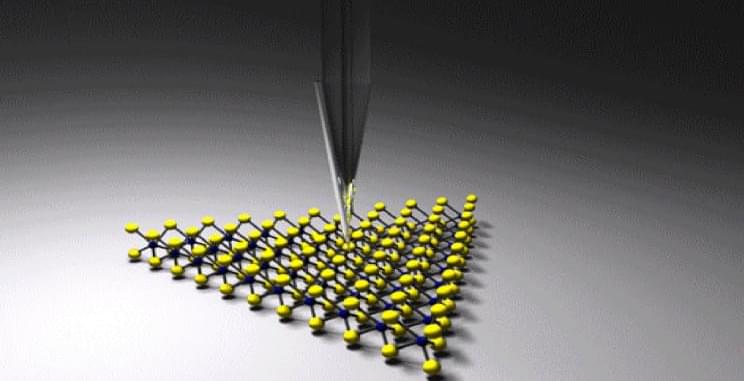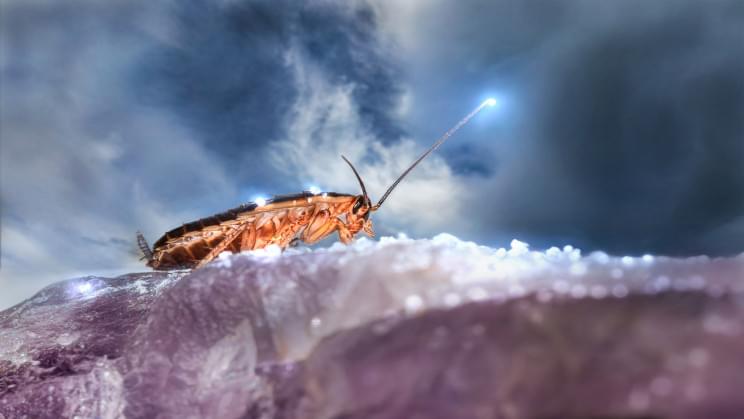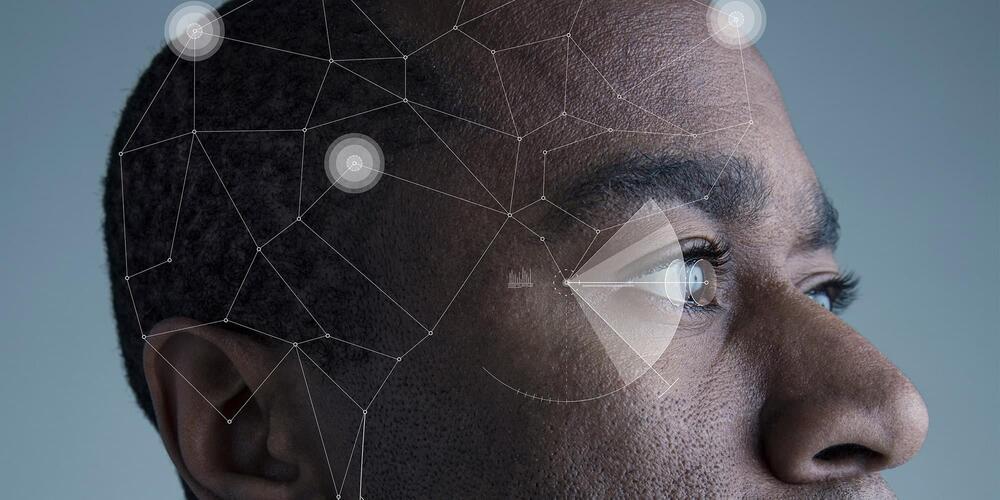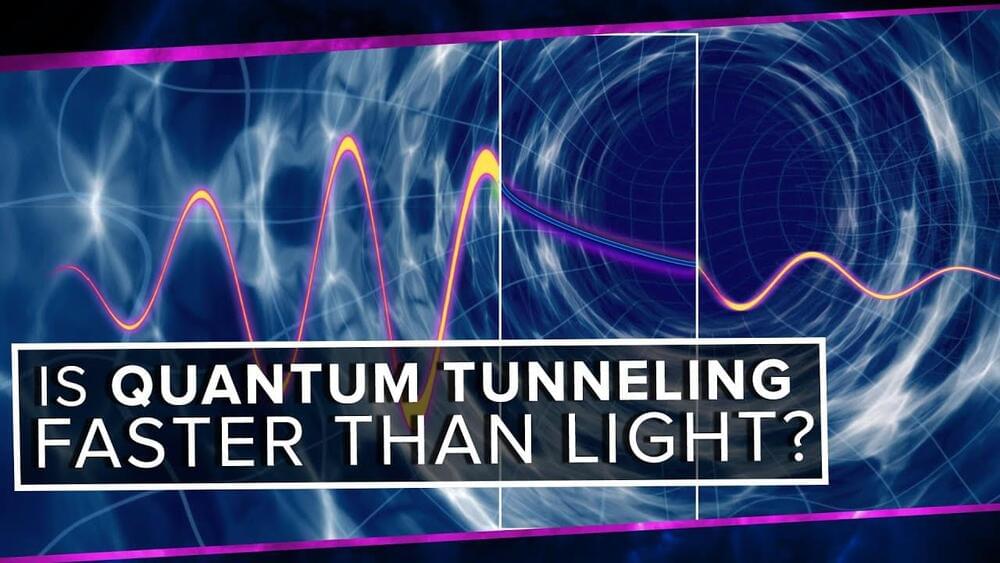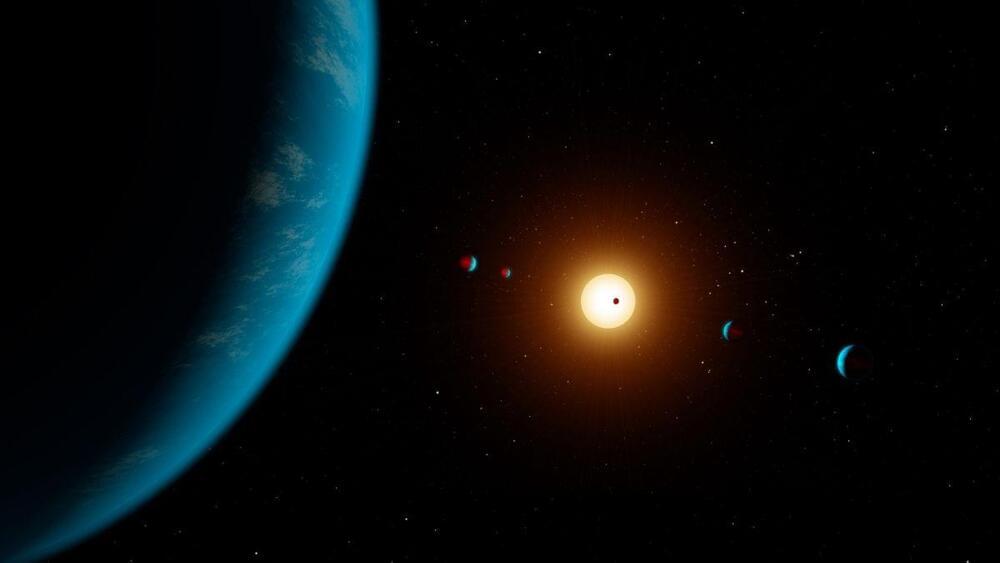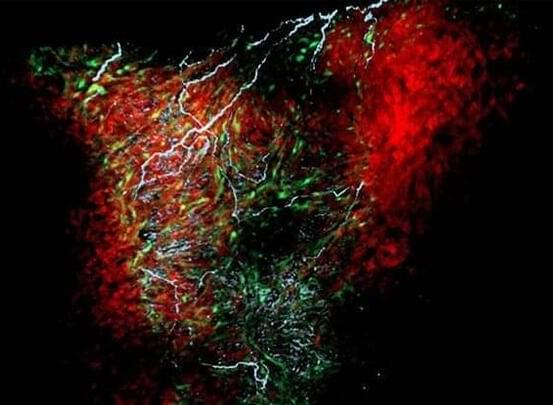Nov 28, 2021
‘Squeezed’ Light Can Give Nano-Imaging a Much Needed Boost
Posted by Gemechu Taye in categories: materials, nanotechnology
It’s one thing to produce nano-scale materials, but it’s an entirely different thing imaging them.
Nanomaterials have many applications, especially in electronics, but they have one issue: They are so small that they don’t reflect enough light to show fine details, such as colors, even with the aid of the most powerful microscopes.
Now, researchers from UC Riverside may have come up with a solution. They have conceived of an imaging technology that compresses lamp light into a nanometer-sized spot, holding that light at the end of a silver nanowire. This allows it to reveal previously invisible details such as colors.
Continue reading “‘Squeezed’ Light Can Give Nano-Imaging a Much Needed Boost” »
